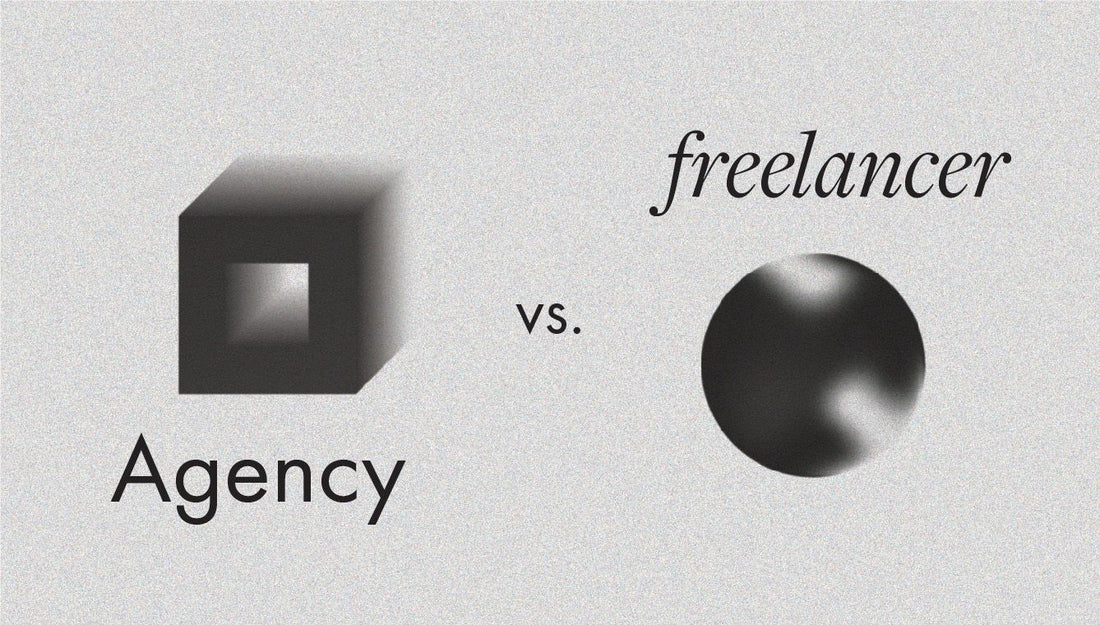Five tips for great product photography
February 10, 2022

Many a great product has been let down by substandard photography. It goes without saying that browsing online stores is, in large part, a visual experience, so it makes no sense to skimp on product imagery. It doesn’t have to be a drama, though. Here, we’ve assembled a few of our time-tested recommendations for striking, sophisticated photos.
1. Use a clean, neutral background.
No matter the industry or product, it’s good practice to shoot in a studio with a plain background. There are a few reasons for this: firstly, it draws focus to the product itself, avoiding unwanted visual clutter or noise. Secondly, it makes for ‘evergreen’ product imagery—it’s not dated by props or styling, will prove versatile across different platforms, and provides a neutral option if you redesign your website (or choose to offer your product on another site). Thirdly, it allows customers to view your product in detail.
You can always complement these images with others—such as lifestyle or in-situ shots—to add context or personality. But it’s important to nail the basics first.
2. Think of images as an opportunity to answer customers’ questions.
Shooting in a studio also means you have full control over the lighting to highlight your product details. Use consistent lighting. Capture multiple angles and close crops in addition to full-size images and packshots. Detail shots are vital for customers browsing online who can’t touch materials, for example, or examine an object close-up the way they could in person.
3. Remember: consistency is key.
If you’re selling items such as objects for the home, or beauty products, then it’s a good idea to photograph them all situated on the same baseline position. This helps them to appear visually tidy on a product or category page, and allows a customer to scan a wide selection with ease.
We also recommend making sure all images are cropped to the same ratio. Square-cropped images typically work well across all devices as they don’t take up too much height on mobile. On the other hand, when some images are square-cropped while others are landscape, it looks messy and unprofessional—especially as a part of a grid or set of product images (like on a product or category page, for example).
4. Make sure your images don’t slow down your site.
A good rule of thumb for sizing images is to make sure they are at least twice the size of the area they will occupy on your website—so if the size on-screen is 400 x 400px, then the images should be sized at 800 x 800px. This will help them to appear crisp on retina screens, which make up the majority of viewing screens these days.
Where possible, images should be roughly 400kb or less in size. Homepage banner images may need to be larger, but should never be greater than 1mb.
5. Invest in high quality photography.
It’s worth it—trust us. Think of it as a sensible investment. Hire a photographer with a proven track record of eCommerce photography within your industry. We’ve all got a lovely mate who photographs weddings, or pets, or bands. They’re great at what they do. But don’t be tempted by mate’s rates or the ease of a phone call to uncle Dave.
Hire someone who’s familiar with your industry or business, and who’s accustomed to working in a studio. eCommerce photographers will account for things like colour correction and consistency, ensuring that when it arrives, your customer’s product looks just as they expected—and just as good in real life as on your website.
To speak with us about other ways to lift your online store and boost sales, drop us a line



